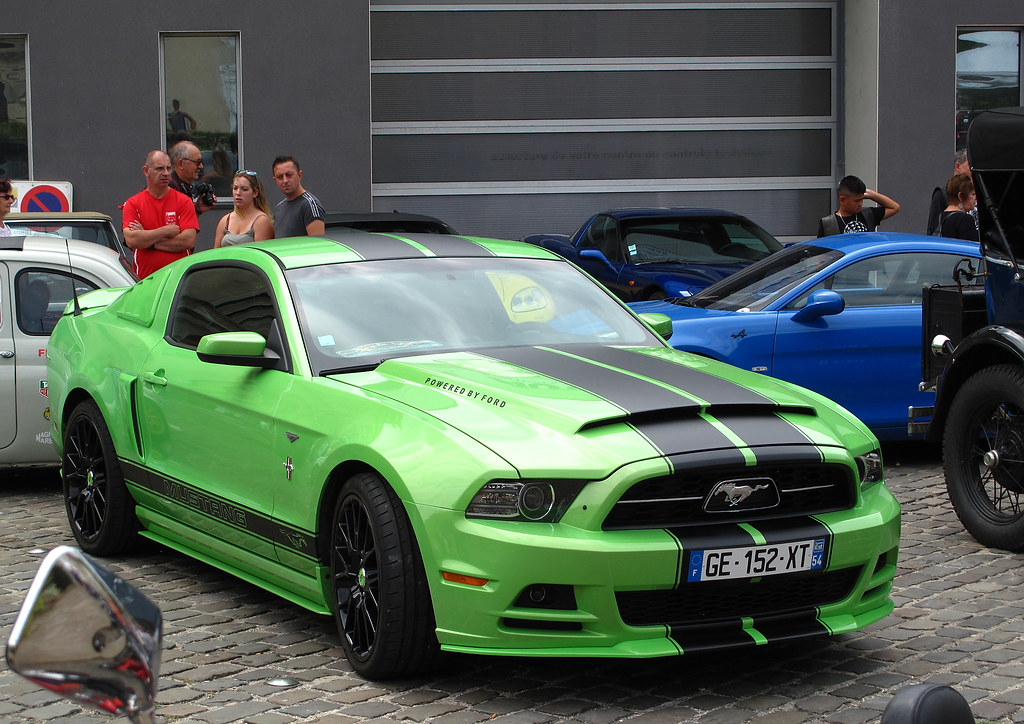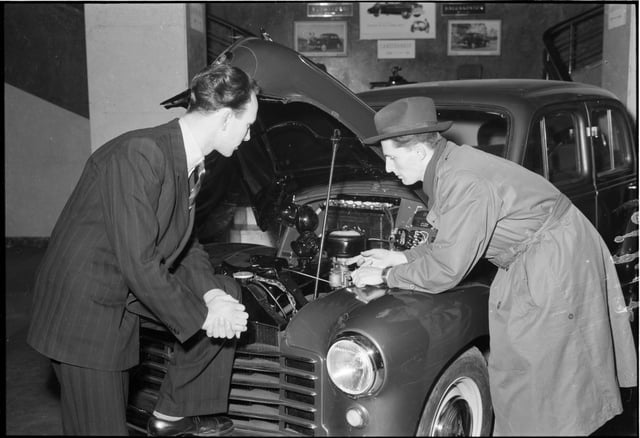
The automotive dashboards of the 1980s were nothing short of a fascinating canvas, a vibrant testament to an era brimming with ambition and a distinct vision for the future. These weren’t just utilitarian panels; they were bold statements, often packed with features that, at the time, felt like a leap straight out of a science fiction novel. From glowing digital readouts to interactive audio controls, these elements reflected a period of rapid technological experimentation, shaping our understanding of what a car interior could be.
Indeed, gazing back at these bygone dashboard features offers a compelling journey through the automotive mindset of the ’80s. Many of these innovations, while groundbreaking for their time, have since vanished from the sleek, integrated interiors we see today. Some were phased out due to safety concerns or a pursuit of greater efficiency, while others simply lost their practical relevance as technology marched forward. Yet, each one tells a story of innovation, a design philosophy that prioritized a futuristic aesthetic and a novel approach to driver interaction.
In this in-depth exploration, we’ll peel back the layers of nostalgia to uncover 15 of these iconic dashboard features that once commanded attention but now reside in the annals of automotive history. We’ll examine their initial allure, the reasons for their eventual disappearance, and crucially, the often-unseen ways they influenced the sophisticated digital ecosystems that define modern vehicles. Join us as we revisit these trailblazing, and sometimes quirky, components that defined a generation of car interiors and, in their passing, paved the way for the advanced systems we now take for granted.
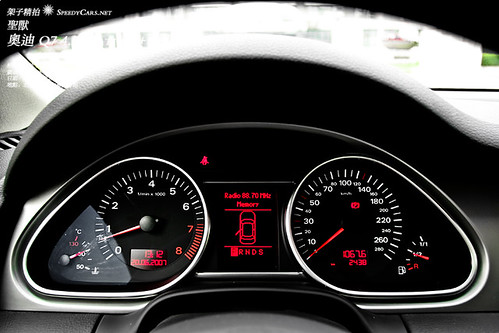
1. **Digital Speedometers with LED Displays**
Among the most striking advancements to grace 1980s dashboards were the digital speedometers, frequently featuring bright red or green LED numbers. These displays imparted an undeniable sci-fi aesthetic to the car’s interior, creating an immediate sensation of driving something truly cutting-edge and futuristic. For many, this was a clear signal that the automotive world was finally embracing the digital age, moving beyond the traditional analog dials that had dominated for decades.
However, the allure of these digital readouts often clashed with practical usability. Drivers frequently found them more challenging to read at a quick glance compared to their analog predecessors, where the position of a needle offered an intuitive understanding of speed. This split-second comprehension was crucial for safe driving, and the LED numbers, while visually impressive, sometimes hindered rather than helped this critical function. The novelty eventually gave way to a need for clarity and instant readability.
Furthermore, these early digital speedometers were prone to malfunctions with greater frequency than the more robust mechanical systems they sought to replace. This lack of reliability, coupled with the legibility issues, ultimately contributed to their decline. While modern digital displays are now ubiquitous, offering smooth, integrated, and highly readable interfaces, the flashy, segmented LED numbers of the ’80s were an important, albeit imperfect, step in that evolution, teaching manufacturers valuable lessons about user interface design and durability.
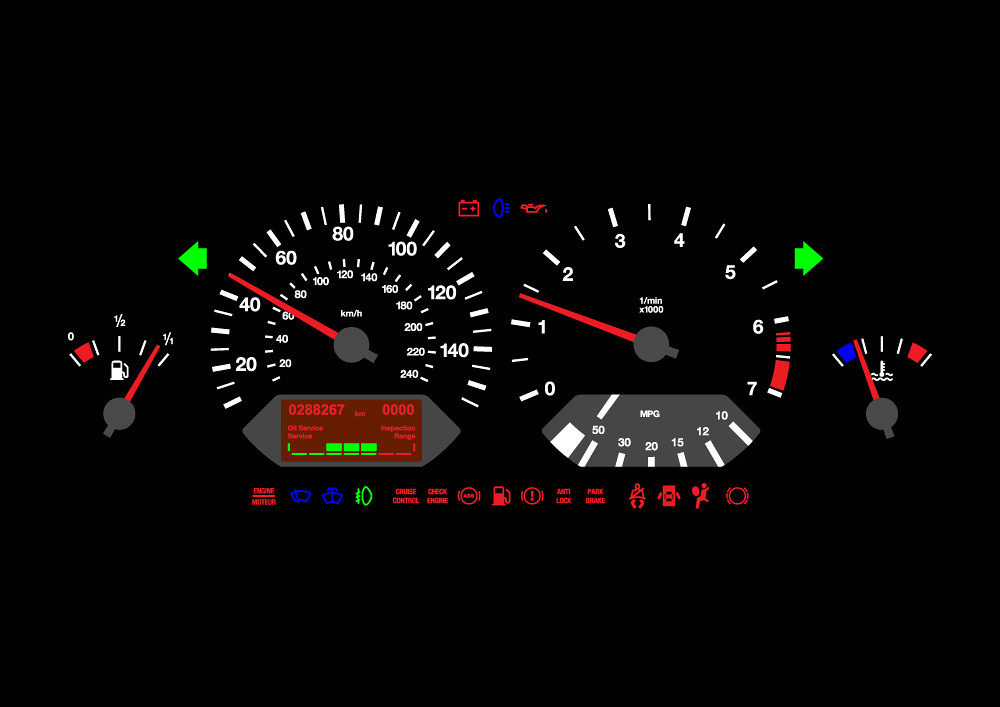
2. **Voice Alert Systems**
Another futuristic feature that emerged in some 1980s vehicles was the voice alert system. These innovative systems aimed to enhance safety and driver awareness by issuing spoken warnings for various vehicle conditions, such as “door is ajar” or “fuel level is low.” The intention was noble: to provide auditory cues that would immediately grab a driver’s attention, perhaps more effectively than a mere warning light or chime.
Despite their forward-thinking concept, these voice alerts frequently proved to be more of a nuisance than a genuine aid. Drivers often found the repetitive or intrusive spoken messages annoying, particularly during routine driving. What was intended as a helpful guardian could quickly become an unwelcome backseat driver, detracting from the driving experience rather than seamlessly enhancing it. The constant interruptions could, paradoxically, even lead to drivers tuning them out entirely, defeating their purpose.
Ultimately, these systems added a layer of complexity to the car’s electronics without delivering a significant, sustained benefit that justified their implementation. As a result, most manufacturers eventually pivoted away from full voice alerts. Today, the industry has largely settled on simpler, less intrusive chimes and visual alerts, recognizing that clear, concise, and non-distracting feedback is paramount. The ’80s voice alert systems were an early experiment in conversational interfaces, a concept that continues to evolve in modern infotainment systems, albeit with far greater sophistication and user control.
Read more about: The Curated Collection: Unpacking North America’s Most Distinctive Jay Species – An Exclusive Ornithological Showcase

3. **Graphic Equalizer Panels**
For audiophiles and those who simply loved a flashy dashboard, integrated graphic equalizer panels were a definitive feature of many 1980s car audio systems. These eye-catching panels, often prominently placed on the dash and illuminated, allowed drivers to meticulously customize their audio settings using an array of physical sliders. It offered an unparalleled level of control over the sound profile, turning every drive into a personalized concert experience.
While undeniably cool and a symbol of cutting-edge car audio, these complex panels presented significant challenges. The sheer number of sliders and the need to adjust them individually could be highly distracting, especially while driving. Focusing on fine-tuning bass, treble, and mid-ranges with physical controls required a level of attention that was not conducive to road safety. The visual spectacle of the illuminated sliders, though appealing, further contributed to potential driver distraction.
Today, the physical graphic equalizer has largely vanished from modern car interiors. Audio systems have evolved dramatically, offering streamlined digital controls through intuitive touchscreens and steering wheel buttons. These modern interfaces provide similar, or even greater, customization capabilities with significantly less visual clutter and distraction. The ’80s equalizer was a vibrant predecessor, embodying an era’s passion for personalized sound and foreshadowing the digital audio control we now enjoy.

4. **Mechanical Flip Clocks**
Before the ubiquitous presence of digital clocks in every device, many car dashboards featured charming mechanical flip clocks. These intricate devices operated with rotating number plates that clicked precisely into place as each minute passed. There was a tactile satisfaction and a retro appeal to watching the numbers mechanically advance, a small marvel of engineering tucked into the dashboard, a stark contrast to the static displays that would follow.
However, this mechanical charm came with inherent drawbacks. Flip clocks were not always the most accurate timekeepers, often deviating from precise timing over time. More significantly, their delicate mechanical nature meant they could wear out relatively quickly, requiring repairs or replacement. The constant movement of their internal components made them susceptible to the vibrations and temperature fluctuations inherent in a vehicle environment, diminishing their longevity.
The advent of reliable and inexpensive quartz and digital clocks ultimately sealed the fate of mechanical flip clocks. These electronic alternatives offered superior accuracy and durability, requiring far less maintenance. Today, mechanical flip clocks are primarily seen as a novelty, cherished in vintage vehicles for their historical appeal rather than their practical utility. Their disappearance highlights the automotive industry’s continuous drive towards greater reliability and precision in all vehicle components.
Read more about: Steer Clear: 15 Cars You Absolutely Should Not Buy in 2025, According to Automotive Experts
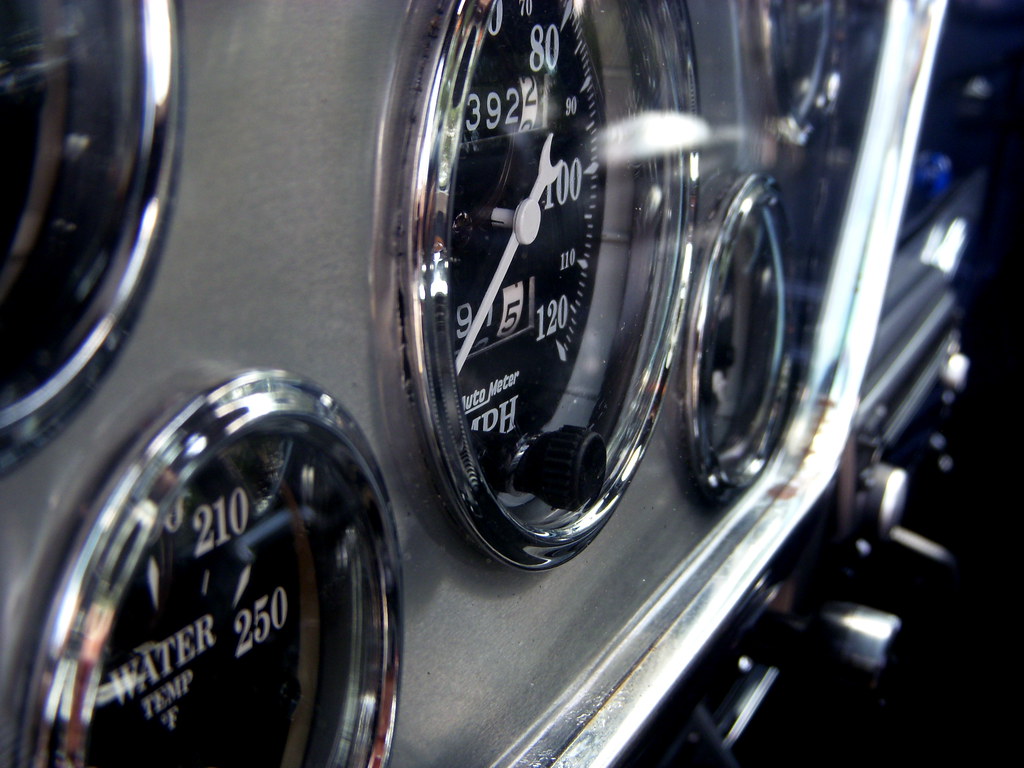
5. **Vacuum Fluorescent Displays (VFDs)**
Vacuum Fluorescent Displays, or VFDs, were a hallmark of ’80s automotive technology, serving a wide range of functions from speedometer readouts to climate control indicators. Their most distinguishing characteristic was their unique glowing blue-green light, which lent a distinctly futuristic and high-tech ambiance to the dashboard. For a brief period, if a car had that signature glow, it felt like a glimpse into tomorrow’s motoring.
Despite their striking appearance, VFDs were not without their limitations. Over time, the vibrant blue-green glow tended to fade, diminishing the display’s clarity and aesthetic appeal. Furthermore, these displays were notably sensitive to temperature changes, which could affect their performance and longevity, a significant drawback in environments with extreme climates. These inherent vulnerabilities made them less than ideal for the rugged demands of a car interior.
Modern advancements have since rendered VFDs largely obsolete. Today’s vehicles predominantly utilize superior LCD and OLED screens, which offer significantly clearer, more vibrant, and far more durable display options. These newer technologies are also more resistant to environmental factors and maintain their brilliance over a much longer lifespan. While VFDs are rarely encountered in current vehicles, their distinctive glow remains a nostalgic symbol of a specific technological era, a stepping stone to the sophisticated displays we now see.
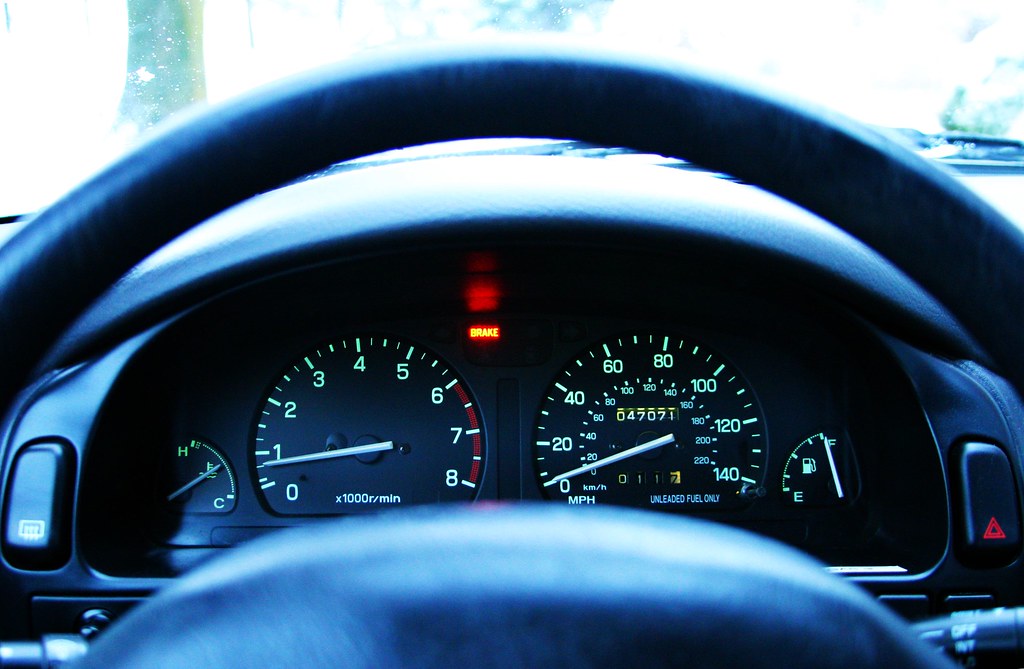
6. **Toggle Switch Climate Controls**
The climate control systems of 1980s vehicles often relied on simple yet functional toggle switches. These intuitive switches provided manual control over essential functions like air direction, temperature, and fan speed. There was a directness to their operation, a satisfying click that confirmed a setting had been adjusted, giving drivers a straightforward interaction with their car’s environmental controls.
While these toggle switches were undeniably functional, they often lacked the precision and visual clarity that drivers would eventually come to expect. Achieving a specific temperature or airflow setting could be more of an educated guess than an exact adjustment, given the lack of fine-tuned feedback. Their basic design meant that, while they got the job done, they offered a somewhat rudimentary user experience compared to what was to come.
Modern climate control systems have largely moved beyond the simple toggle switch, embracing digital displays or rotary dials. These contemporary interfaces offer significantly better feedback, allowing for more precise control and clearer visual indication of settings. The old toggles are now mostly a relic, preserved predominantly in vintage models, reminding us of a time when simplicity reigned supreme in automotive interior design, before the era of granular control and digital accuracy.
Read more about: Beyond the Hype: 14 Car Tech Features That Drive Drivers Absolutely Bonkers (and Make Us Miss Simple Dials)

7. **Tachometers with Colored Bands**
For enthusiasts of performance cars in the 1980s, tachometers often featured vibrant, color-coded bands to indicate specific RPM ranges. These colorful segments, typically signaling ideal shift points or redline limits, not only added a sporty and aggressive aesthetic to the dashboard but also aimed to provide drivers with quick, intuitive visual cues for optimal engine performance. They were a clear signal of a car built for spirited driving.
However, the vividness of these colored bands was frequently more about style than substantial functionality. While they provided a general guide, their practical utility for precision shifting was often limited. Experienced drivers relied more on engine sound and feel, and the visual information, while appealing, didn’t always translate to a significant performance advantage. The aesthetic appeal often outweighed their pragmatic contribution to driving dynamics.
Today, the landscape of dashboard displays has evolved considerably. Modern vehicles present RPM information digitally or through sleeker, more refined analog gauges that integrate seamlessly into the overall design. The distinctive, colorful bands have largely disappeared, replaced by more precise and often customizable digital representations of engine speed. This shift reflects a move towards sophisticated data presentation that prioritizes clarity and functional integration over flamboyant visual cues, though the spirit of performance indication lives on in new forms.

8. **Trip Computers with Button Panels**
Among the suite of ambitious features, early trip computers stood out as a significant leap towards in-car data management. These sophisticated systems offered drivers the ability to monitor key vehicle metrics such as fuel efficiency, distance traveled, and average speed. Controlled by a tactile array of physical buttons, these units were seen as profoundly advanced for their era, providing a level of insight into vehicle performance previously unavailable to the average driver.
Despite their forward-thinking premise, these initial trip computers were hampered by a fundamental disconnect: a lack of real-time integration with the vehicle’s dynamic systems. This often meant the data presented wasn’t always as immediate or as useful as drivers desired, leading to a user experience that felt less than intuitive. The intricate button panels, while offering granular control, also introduced a level of complexity that could be cumbersome to navigate, particularly while driving.
Today, the standalone, button-laden trip computer has largely been absorbed into the comprehensive digital ecosystems of modern infotainment systems. Contemporary vehicles effortlessly handle and present a vast array of driving data, offering real-time updates and seamless user interfaces via touchscreens and voice commands. The old-style trip computer, in its original form, has thus become obsolete, its legacy living on in the effortlessly integrated data streams that define our current driving experience.
Read more about: Razer Viper V3 Pro: The Game-Changing Reason Why Every Pro Gamer is Making the Switch
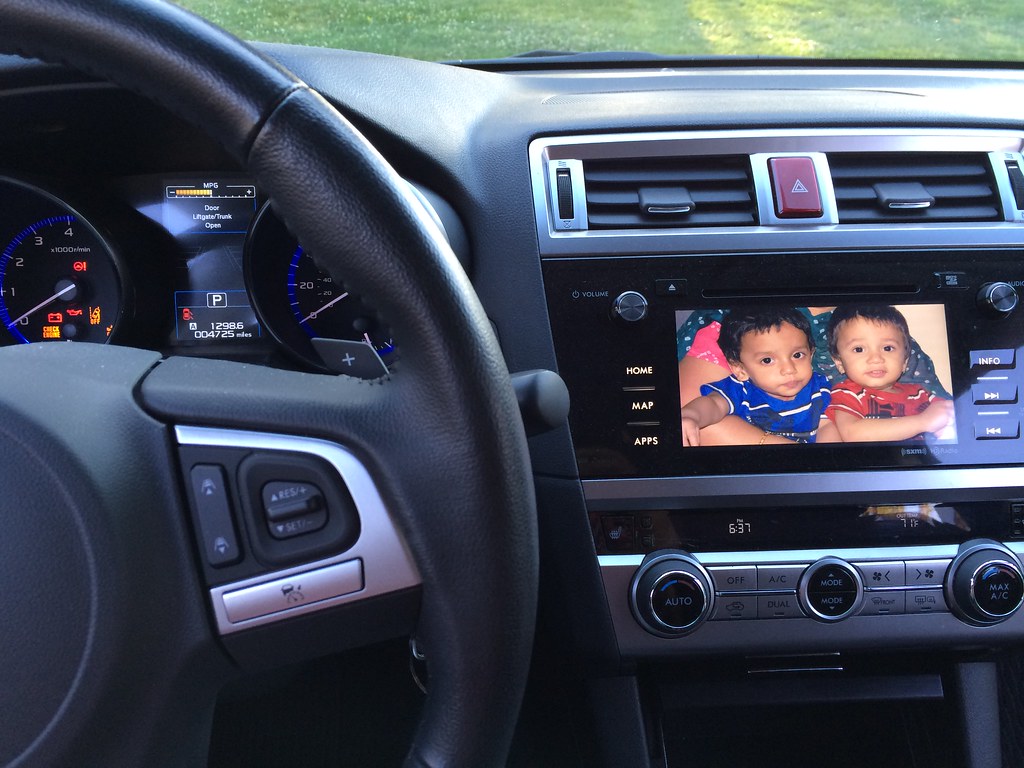
9. **Retractable Radio Antenna Controls**
In an era where customization and visual neatness held sway, some vehicles featured a dedicated dashboard button specifically designed to manually raise or lower the radio antenna. This seemingly minor control added a tangible sense of command and a touch of flair to the act of tuning into FM stations. It allowed owners to protect their antennas in car washes or simply retract them for a cleaner aesthetic when not in use, embodying a small but satisfying aspect of vehicle interaction.
However, the elegance of this manual control was frequently undermined by practical shortcomings. The electromechanical mechanisms responsible for raising and lowering these antennas were prone to failure; they often jammed, got stuck, or simply ceased functioning over time due to wear and tear or exposure to the elements. This made what was intended as a convenient feature evolve into a source of frustration and unexpected maintenance.
The widespread adoption of fixed mast antennas, often integrated into the car’s body or designed in sleek ‘shark-fin’ styles, ultimately rendered the retractable antenna control obsolete. These modern designs offer superior durability and require virtually no maintenance, effectively removing the need for a manual control button. The retractable antenna control is now a nostalgic relic, a reminder of a bygone approach to audio system design that prioritized a specific kind of physical interaction.
Read more about: From Keys to Cassettes: 14 Once-Loved Car Features That Are Now Relics of the Past

10. **Dashboard Cigarette Lighters**
For decades, dashboard cigarette lighters were an almost universal fixture in vehicle interiors, serving a dual purpose that was deeply ingrained in the automotive landscape. Primarily, they provided a convenient power source for lighting cigarettes, complete with a removable coil that heated up with a push. Beyond their smoking-related function, the socket itself often doubled as a rudimentary 12-volt power outlet for early car accessories, a testament to its pervasive utility.
However, cultural shifts and technological advancements inexorably led to their decline. As societal attitudes towards smoking evolved and its prevalence decreased, the primary use case for the cigarette lighter diminished significantly. Concurrently, the proliferation of personal electronic devices spurred the need for more versatile and efficient charging solutions, with USB ports rapidly becoming the new standard for powering everything from smartphones to navigation devices.
Today, the physical lighter coil is rarely included in new vehicles, reflecting a fundamental change in consumer habits and automotive design priorities. The socket itself often remains, repurposed as a generic 12-volt accessory outlet, underscoring its enduring utility as a power source, albeit without its original, dedicated function. Its transformation symbolizes the ongoing adaptation of car interiors to contemporary needs.
Read more about: Your Car’s Hot Seat: 14 Everyday Essentials That Become Hazards in Summer Heat
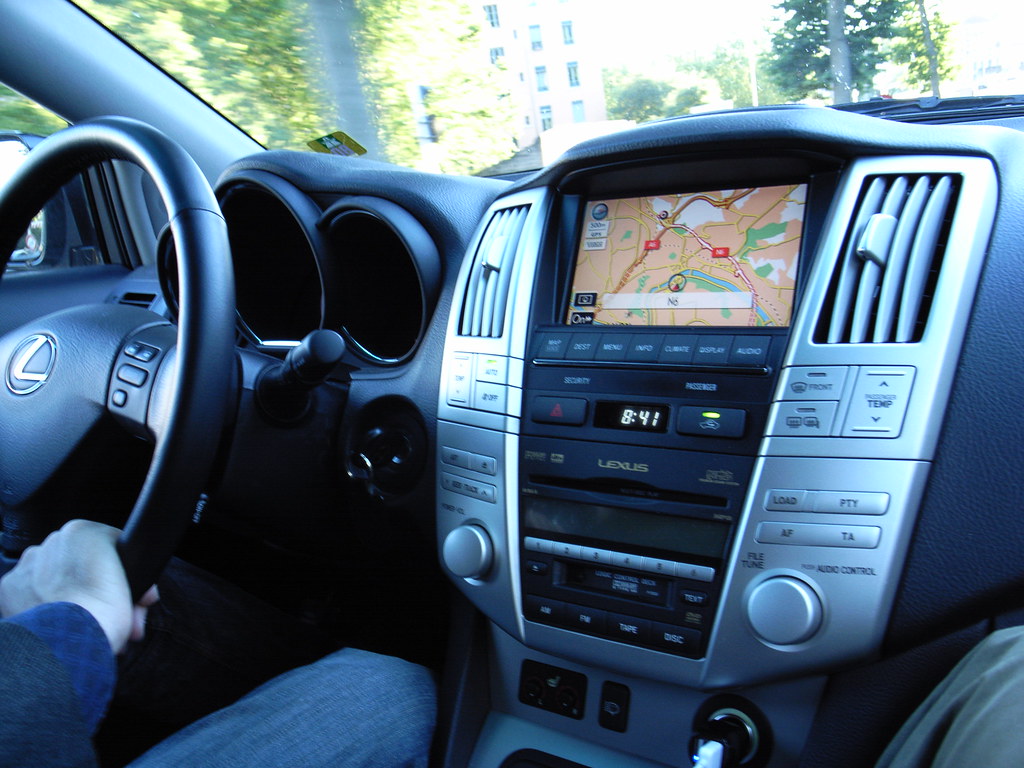
11. **Analog Bar Graph Gauges**
During a period of aesthetic experimentation in dashboard design, some vehicles incorporated analog bar graph gauges for critical readouts such as fuel level, engine temperature, or oil pressure. These displays, characterized by horizontal or vertical bars that incrementally filled or receded with changes in readings, offered a visually distinct alternative to traditional circular dials and sweeping needles. They aimed to convey information in an eye-catching and modern format, diverging from conventional instrumentation.
Despite their novel visual appeal, these bar graph gauges often fell short in terms of precision and immediate clarity, proving to be more of a stylistic choice than a functional improvement. Unlike a needle, which provides a continuous and intuitive visual reference for specific values, the segmented nature of a bar graph could make it challenging to ascertain exact readings at a quick glance. This lack of fine granularity meant that drivers might struggle to pinpoint subtle but important fluctuations in critical engine parameters.
Modern automotive design has largely moved away from the analog bar graph, opting instead for the superior clarity of digital numerical displays or the time-tested precision of traditional needle-based dials. These contemporary solutions offer drivers more accurate and easily interpretable feedback, minimizing the cognitive load during driving. The bar graph style, while a memorable design element of its time, has quietly exited mainstream dashboard designs in favor of more functionally optimized displays.
Read more about: Beyond the Mainstream: Can You Name These 11 Obscure ’50s American Coupes & Convertibles Only a True Historian Remembers?
12. **Integrated Car Phones**
The ultimate luxury accessory in many high-end models of the 1980s was the integrated car phone, a bulky, purpose-built device mounted conspicuously near the dashboard or center console. These phones boasted their own distinct controls and displays, seamlessly (or so it seemed at the time) integrated into the vehicle’s interior. They represented the pinnacle of in-car connectivity, a status symbol that signaled convenience and prestige for those who could afford them.
However, the utility of these pioneering communication devices was severely limited. They operated with often-spotty network coverage, were cumbersome to use, and incredibly costly to operate, both in terms of initial purchase and monthly service fees. The technology was nascent, leading to an experience that was far from the seamless connectivity we now expect and take for granted.
The rapid, explosive proliferation of handheld cellular phones in the early 1990s quickly and decisively rendered integrated car phones obsolete. These portable devices offered greater flexibility, superior network access, and significantly lower costs, making the fixed-in-car alternative redundant almost overnight. Today, integrated car phones are primarily viewed as historical curiosities, more of a conversation piece than a useful tool, a testament to how quickly technology can evolve and reshape our daily lives.
Read more about: The Unavoidable $5 Million Annual Spend: Dissecting Kim Kardashian’s Essential Financial Commitments to Her Billion-Dollar Empire
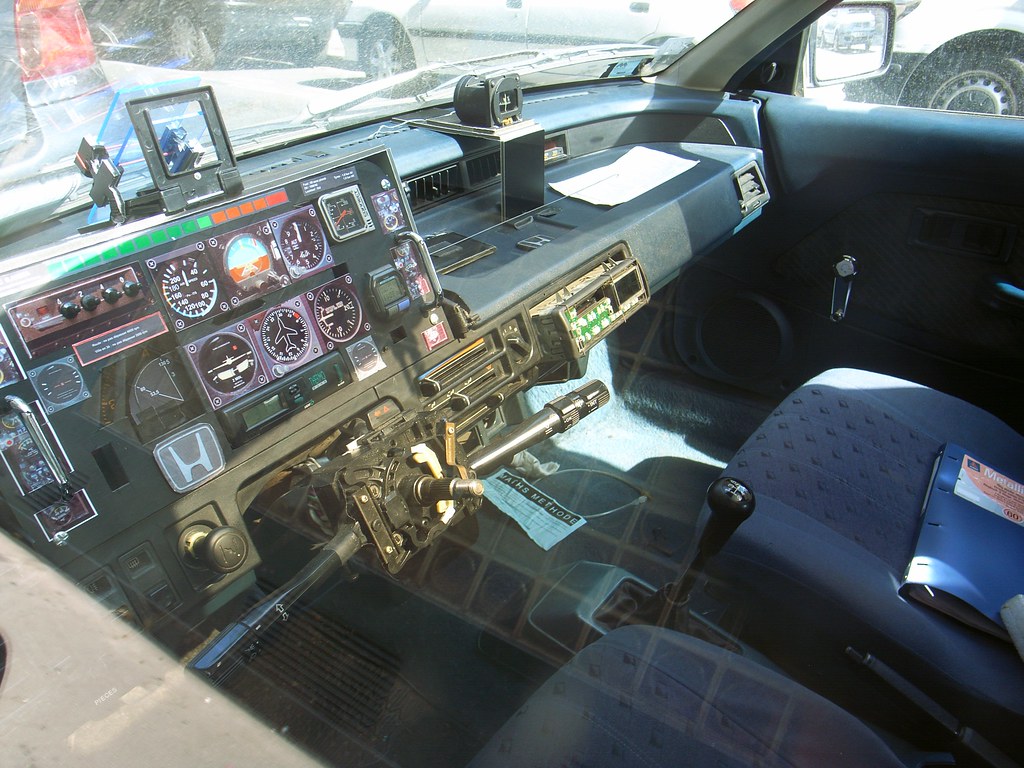
13. **Slide-Lever Vent Controls**
Prior to the standardization of rotary knobs and digital interfaces, many automotive dashboards featured slide-lever vent controls for managing interior airflow. These horizontal sliders offered a direct, if somewhat rudimentary, method for adjusting air direction, temperature, and fan speed. They embodied a straightforward, mechanical approach to climate control, characteristic of a time when tactile, physical controls were the norm.
While visually intuitive in their simplicity, these slide levers were often plagued by practical issues. Drivers frequently found them stiff, making precise adjustments a struggle, and their inherent imprecision meant that achieving a desired airflow or temperature setting could be more guesswork than exact science. The effort required to manipulate them, particularly while attempting to maintain focus on the road, made them less than ideal for practical use during driving.
Modern climate control systems have significantly advanced, with rotary dials and sophisticated digital interfaces now universally adopted. These contemporary solutions offer vastly improved ergonomics, precision, and visual feedback, allowing for effortless and accurate environmental adjustments. The old slide levers are now firmly a thing of the past, relegated to vintage models, a clear example of how user experience has driven innovation in dashboard design.

14. **Economy Mode Indicators**
In response to growing fuel efficiency concerns, some dashboards of the era incorporated rudimentary economy lights or gauges. These indicators were designed to provide drivers with real-time feedback, signaling when their driving habits were conducive to better fuel consumption. The underlying philosophy was to encourage more efficient driving by making the impact of acceleration and speed visually apparent, thereby fostering better fuel habits.
However, the efficacy of these early economy indicators was often compromised by their inherent vagueness. They typically lacked the precision and data-driven accuracy that modern systems provide, frequently relying on simplistic thresholds rather than complex algorithmic analysis. This meant the feedback was often ambiguous and not always genuinely tied to the vehicle’s true fuel consumption data, limiting their practical utility and impact on driver behavior.
Contemporary vehicles have moved far beyond these basic indicators, now featuring highly advanced systems that offer detailed, real-time statistics on fuel efficiency, often integrated into customizable digital displays. These sophisticated systems provide granular data, empowering drivers with truly actionable insights into their fuel usage. The original economy light, in its simplicity, has long since faded from view, replaced by a new generation of intelligent fuel management tools.
Read more about: Are You Driving a ‘Rude’ Car? We Asked, You Answered: 12 Vehicles With a Terrible Driver Image

15. **Customizable Backlit Panels**
A select few high-end vehicles of the 1980s ventured into the realm of personalization by offering drivers the ability to adjust the dashboard lighting color or intensity. This nascent form of ambient lighting added a touch of bespoke luxury and allowed for a degree of personalization during night driving, setting these cars apart with a subtle yet impactful feature that enhanced the interior ambiance. It was an early foray into creating a more personalized and luxurious cabin experience.
While innovative for their time, these early customizable lighting systems were notably constrained by the technological limitations of the era. The range of available colors or intensity levels was often minimal, and the systems themselves were not always reliable, sometimes prone to flickering or uneven illumination. These inherent limitations meant that the promise of personalized luxury wasn’t always fully realized, and the technology felt more like a novelty than a robust feature.
Today, ambient lighting has evolved into a highly sophisticated and seamlessly integrated aspect of modern vehicle interiors. Advanced LED technology allows for a vast spectrum of colors, dynamic lighting effects, and precise intensity control, often synchronized with driving modes or infotainment. The early, limited versions of customizable backlit panels now feel primitive by comparison, yet they undeniably laid the groundwork for the immersive and highly personalized cabin environments we experience in premium vehicles today.
Read more about: Razer Viper V3 Pro: The Game-Changing Reason Why Every Pro Gamer is Making the Switch
As we gaze across the landscape of these vanished dashboard features, a profound narrative unfolds—one that speaks to the relentless march of technological progress and the ever-evolving demands of the driver. From the ambitious, sometimes flawed, digital experiments of the early era to the practical amenities and nascent luxuries that ultimately gave way to more refined solutions, each item tells a story of innovation, adaptation, and the unwavering pursuit of a more intuitive and integrated driving experience. While these features may no longer grace our dashboards in their original forms, their spirit undeniably lives on, deeply embedded in the DNA of today’s hyper-connected, intelligent, and user-centric automotive interiors. They are not merely forgotten relics but rather crucial stepping stones, reminding us that every sleek digital display and every seamless control system we now take for granted stands on the shoulders of these pioneering, and sometimes quirky, forebears.

